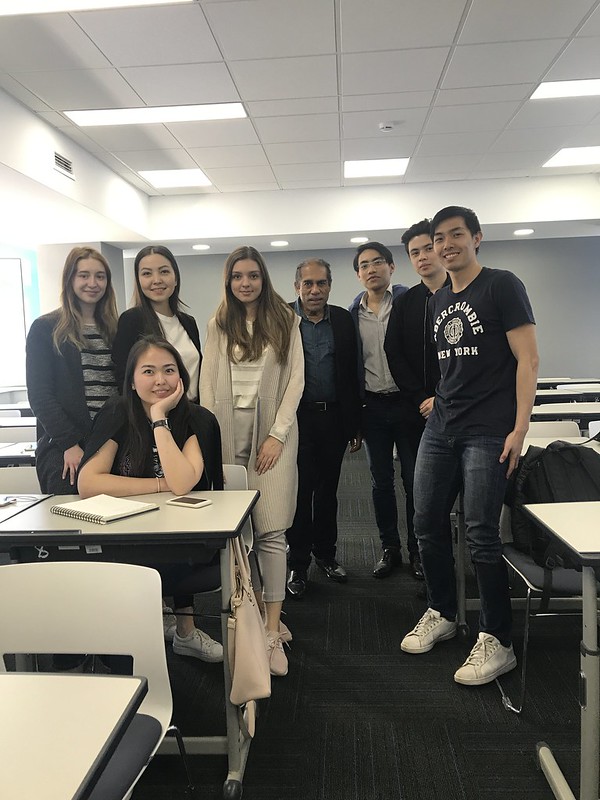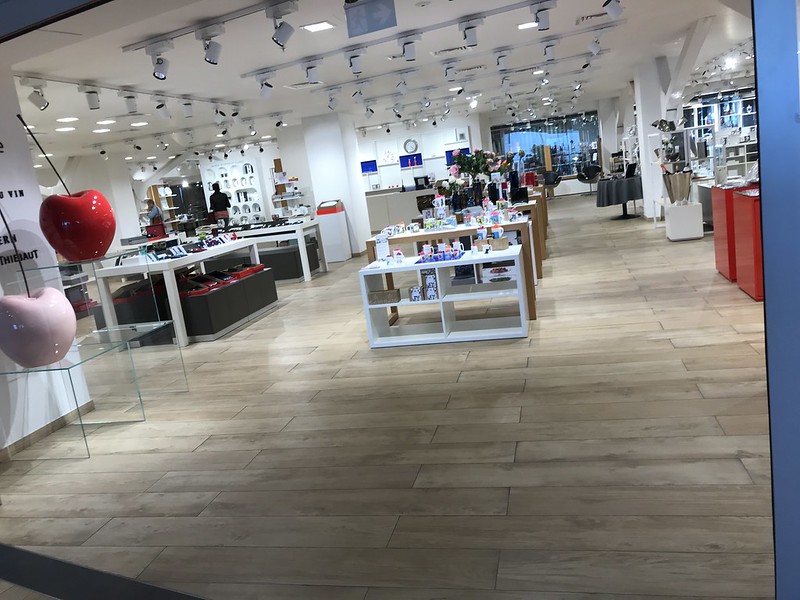There are countries that are seriously corrupt, but the way corruption works is substantially different in different societies. I have first hand experience of North America, the Indian subcontinent , Cambodia, and Central Asia. There is also corruption in other countries of the world, but I will not directly discuss them
I will only write about what I have seen and what I think.
Academic research on corruption is misleading, inadequate and unreliable. So don’t pay attention to those corruption indices and corruption experiments.
Let’s start with Central Asian Countries, which were all part of Soviet Russia, controlled by the big Brother in Moscow for eighty years or so. Several things made the Soviet countries dysfunctional.
Equality , not attainable in a truly capitalistic economy, was pervasive, but it totally destroyed any incentive to work hard. If the man who swept the streets got paid 50 dollars a month , the manager of a major state enterprise (comparable to the CEO of a large company in the West) would get paid about 500 dollars a month, not 500,000 every month! Everyone had pretty much the same lifestyle . The major output in factories and offices was gossip.
The government was highly politicalized but clueless about Economics 101 (not kidding). Useless investments sprouted up everywhere, highly profitable projects were canceled at the whim of the party leaders, there were hardly any proper accounting of revenue and expenditure – and the government owned everything that needed proper accounting!! A lot has been written about this elsewhere!!
Come 1991, and there was independence of the “Stans” in Central Asia (Kazakhstan, Tajikistan, Kyrgyzstan,Uzbekistan, Turkmenistan and Azerbaijan -not a “stan” but very similar) . Along with political instability, there was anarchy during the first few years. Some individuals expropriated a lot of assets – both assets belonging to the state and assets belonging to other private citizens. . Around the middle to end of 90’s the government struck a truce with these criminals and restored order in day to day lives of the citizens. (There are six “Stans” – so the exact sequence of events will, of course, differ among them)
And a Network society was born. Who is in the Network? Top government officials, their families and a handful of ex-criminal families. They control all major capitalistic activities, and they appropriate most of the surplus. Any new capitalist venture, once it reaches a noticeable size, will have to be compromised with the Network or will be destroyed. The common people run kiosks and small markets and ply taxis and own small restaurants. Kazakhstan has been fortunate enough to discover a lot of oil. Alas, the ownership of oil , property of the Kazakh people, has been transferred to a handful of private companies , who appropriate most of the oil money.
Hundreds of millions of dollars in oil money , and profits from other enterprises are appropriated by a few families and their lackeys every year. Much of the money is sent abroad to secret bank accounts or is used to buy foreign assets.
How long will this bleeding go on? My guess is at least for the next fifty years, until and unless this regime falls apart and replaced by more democratic institutions .
The post -Soviet regime has been manna from heaven to the Network, but for the common people, things have not changed much. Their average income is still abysmally low- a college graduate may start working at $200 a month- but there are certain redeeming features of the post-Soviet capitalist regimes:
People can buy, sell, own and rent real estate- not possible during the Soviet regime- and improve their financial condition this way – once their net worth reaches a million dollars, the Network may take notice, but otherwise they are left alone!
Thanks to modern technology, they can invest in stocks, bonds or foreign exchange , all over the world. Financial capital is usually anonymous, and hence under the radar!
People can own and run small businesses which can be quite profitable, as long as they stay under the radar!
People can and do go abroad for work or even migrate to other countries. One outstanding legacy of the Soviet regime is an excellent secondary education system everywhere in the country, even in remote villages. Anyone with a working knowledge of English or Arabic and a college degree is usually more skilled and productive than an average college graduate in the West
Opportunities also exist to excel in Sports or entertainment or arts or IT – success in any of these fields can be very lucrative. And finally, sometimes the Network notices you and decides to use your services, which will change your life forever.
So, an utterly despotic regime bleeds the country year after year, while the people suffer silently , hoping for better times. The people have been subdued and terrorized enough, so there are very few instances of organized protest. Like children in a family of a brutally violent and abusive father, they are well-behaved and (at least in public) full of praise for their parents.
I worked in Almaty, Kazakhstan for five years – met a lot of students and colleagues and local people whose memory I will cherish for the rest of my life!!
The other “stans” have regimes that are very similar, except Uzbeks and Tajiks do not have oil , Kyrgyzstan has more democratic institutions, Azerbaijan is like Kazakhstan except it is a lot smaller, and Turkmenistan has oil but an extremely paranoid, schizoid government ! I was fortunate enough to have students from all these countries in Almaty !
The following pic is from my last Industrial Organization class from Spring 2019

A bizarre consequence of this regime is a few hundred high-end retail “ghost” stores in Almaty. The stores sell a pair of gloves for $400, bed sheets for $200, and winter jackets for $ 800 in a country where the average worker makes about 200 per month! They are usually staffed by well-dressed young women (many of them very attractive), and they get zero customers everyday of the month. Obviously they are tax ploys for changing the color of money! I leave you with a few pics of empty stores – they look like this everyday, all day!!


